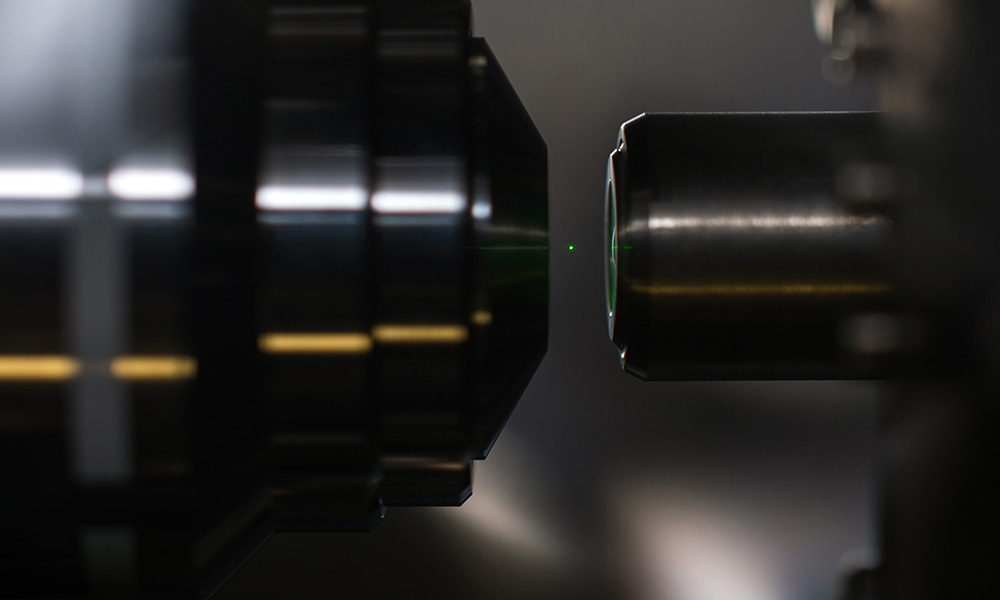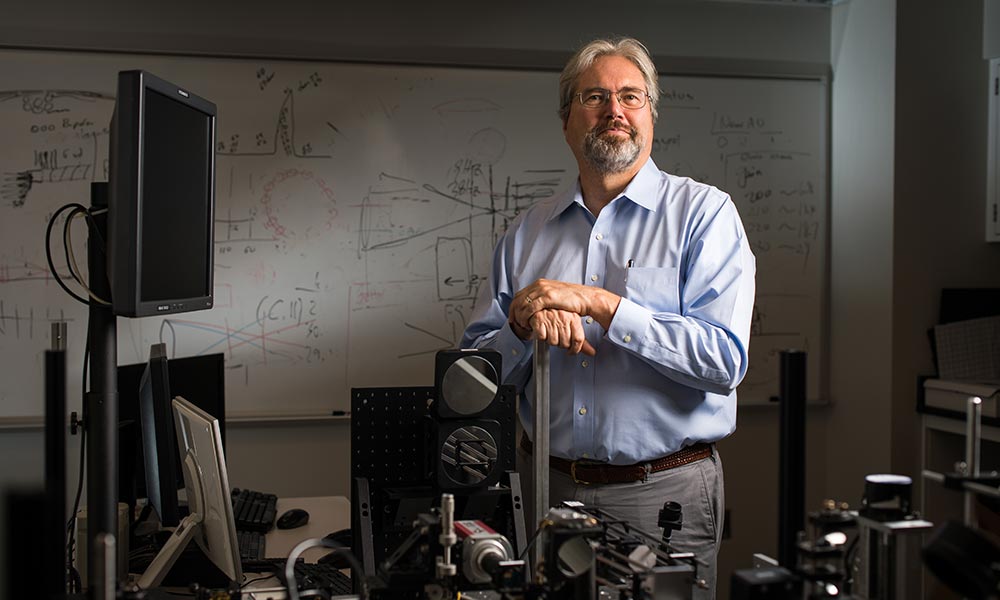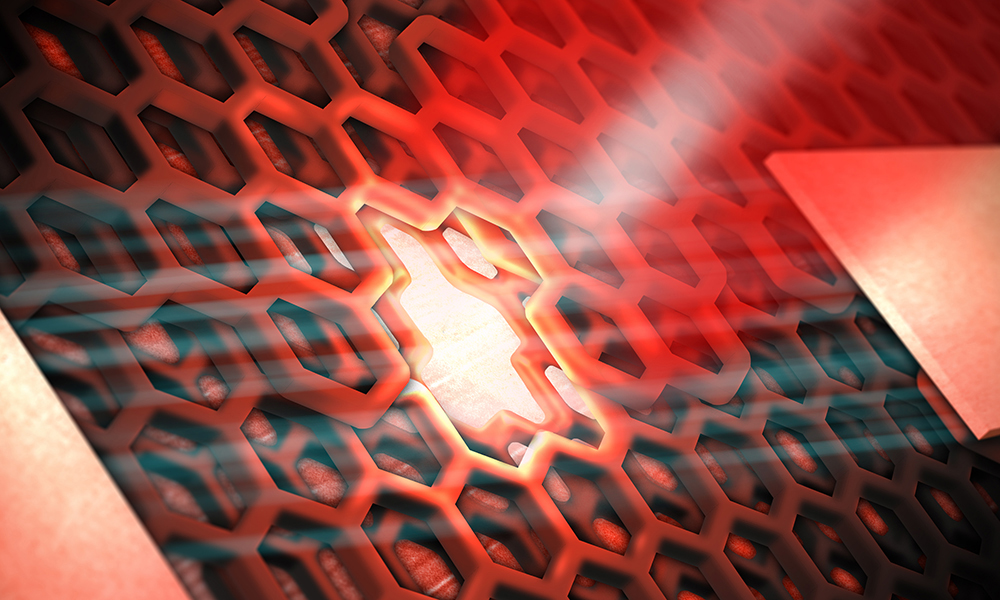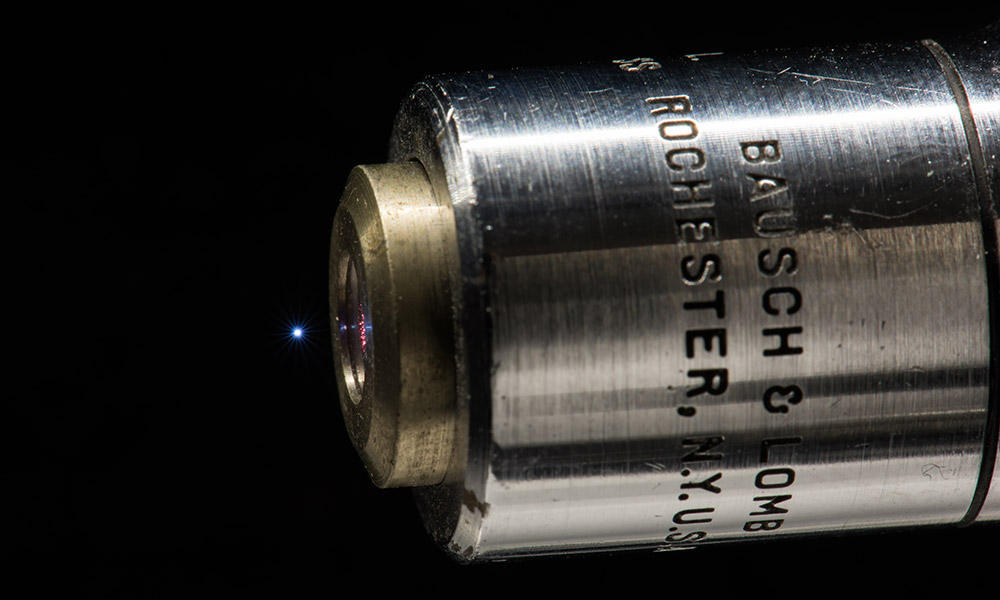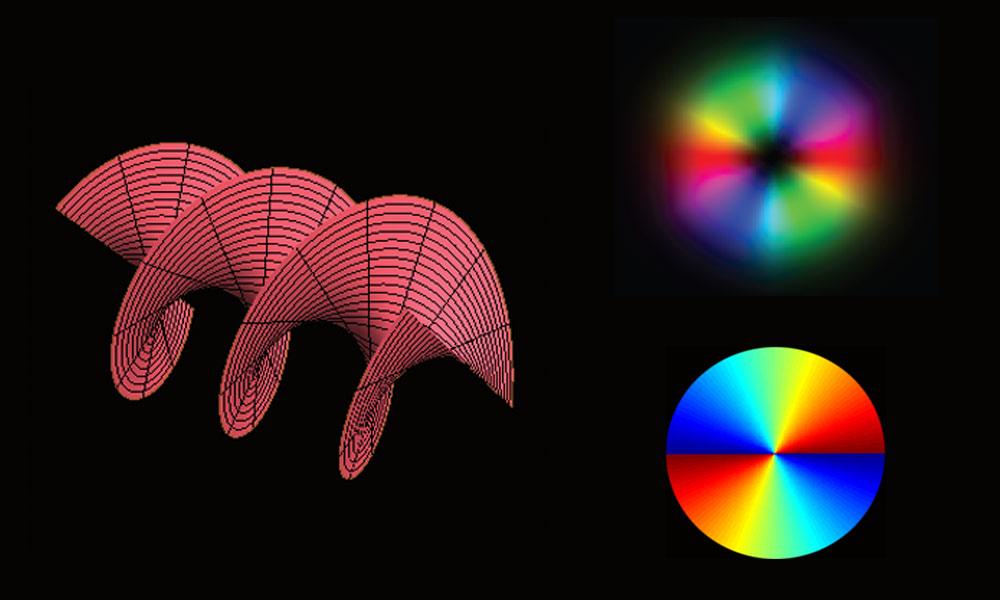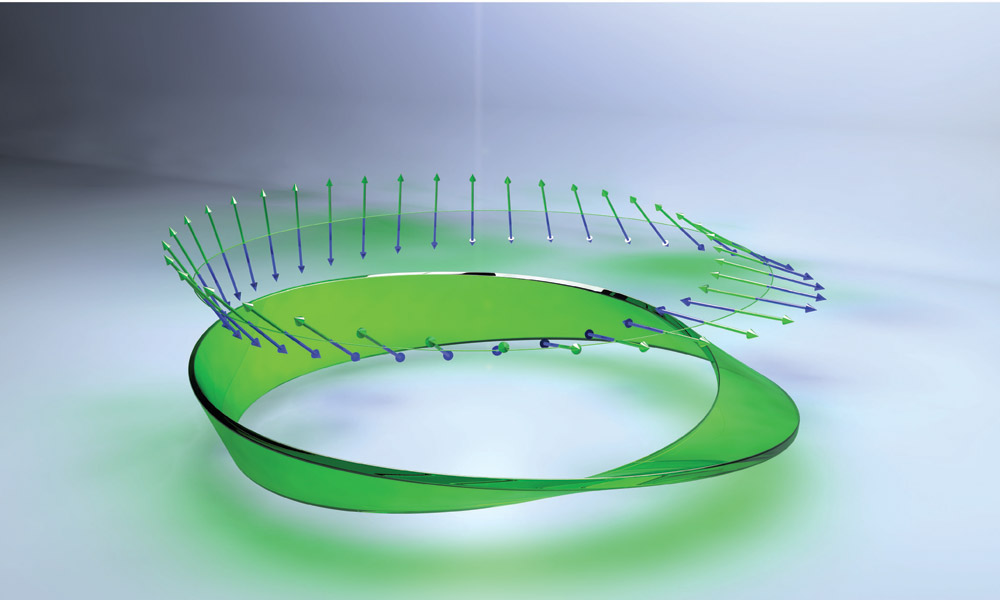
University News
Nicholas George’s role as mentor celebrated in endowed optics professorship
September 14, 2015
The Nicholas George Endowed Professorship in Optics will honor the professor emeritus and former director of the Institute of Optics. The professorship was established by a gift from George's former student Milton Chang, with an additional commitment from Joseph W. Goodman, the William Ayer Professor Emeritus at Stanford University

